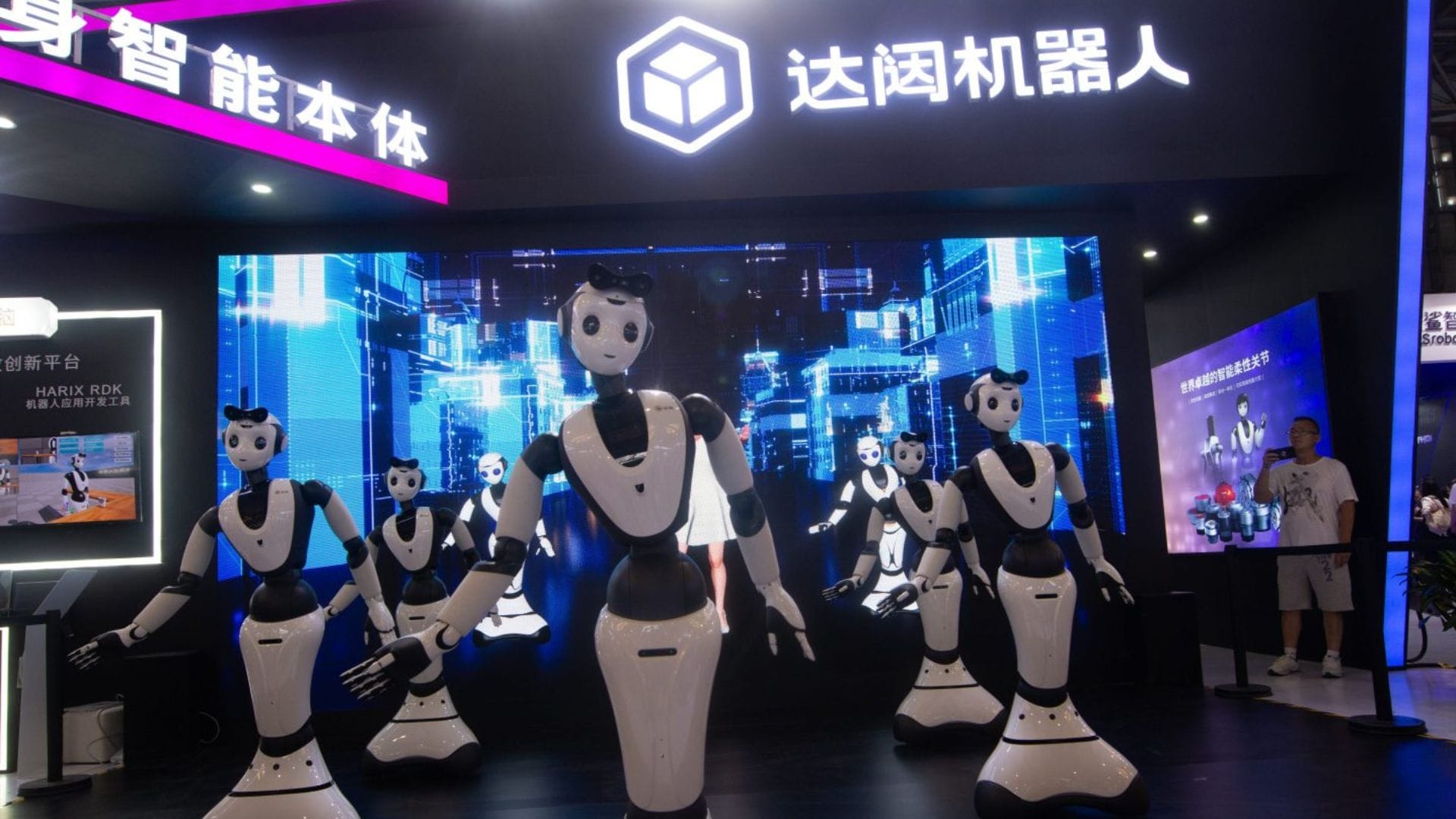China has made a significant leap in the global artificial intelligence (AI) race, with the country now accounting for more than 40 per cent of the world’s AI models. According to data released at the World Artificial Intelligence Conference (WAIC) in Shanghai, China currently hosts 1,509 AI models out of a global total of 3,755.
The latest figures, reported by state news agency Xinhua on 22 July, highlight the country’s growing influence in the fast-developing AI landscape. The WAIC has become a major platform for showcasing China’s technological progress, drawing attention from tech giants and policymakers worldwide.
Major firms unveil next-gen AI capabilities
At this year’s WAIC, major Chinese technology firms Tencent Holdings and SenseTime took centre stage with the launch of new AI models. Tencent introduced the Hunyuan 3D World Model 1.0, which demonstrated the company’s ability to generate intricate three-dimensional environments. Meanwhile, SenseTime unveiled enhancements to its SenseNova V6.5 model, claiming improved efficiency in reinforcement learning techniques.
Wei Xiong, an analyst at UBS Securities, echoed the momentum in China’s AI development. “We see AI enabling scalable and cost-efficient production of multimodal content across text, images, audio and video,” Xiong said. He added that Chinese models were already “showing early success in AI video generation”.
The innovations presented highlight how domestic companies are pushing boundaries in generative AI and multimodal capabilities, key areas in the global AI race.
Collaborative infrastructure and growing challenges
SenseTime also announced a new initiative called the “compute mall”, in partnership with over ten domestic firms, including Huawei, Hygon Information Technology, Cambricon Technologies, Biren Technology, and Moore Threads. This project aims to allow developers to mix and match various AI model services, computing resources, and platform tools, much like shopping in a supermarket.
However, despite the progress, China still faces obstacles in building a self-reliant AI infrastructure. Chen Daliang, chief executive of Suanova, a Shanghai-based provider of AI computing resources and a subsidiary of Yeebo Technology, noted the low adoption rate of domestic computing power. “The overall share of domestically produced computing power remains very low, likely even below 10 per cent,” he said.
Chen attributed this gap to a lack of confidence in newer domestic technologies and the absence of a dominant player akin to Nvidia that can offer complete end-to-end solutions. He stressed the need for greater national unity to overcome these hurdles. “What China needs most now is unity – and that’s what we are good at.”
Suanova has played a key role in the Shanghai Cube project, a high-density computing collaboration involving multiple domestic organisations. Participants include AI chip developer MetaX, infrastructure provider Infinigence AI, Fudan University, and Apple supplier Luxshare Precision Industry.
High-level support and rising global presence
Chinese Premier Li Qiang inaugurated the conference on 20 July. During the opening ceremony, Li called for the establishment of an international centre to promote global coordination and cooperation in AI development. His remarks reflect China’s ambition to not only lead in AI innovation but also help shape global AI governance frameworks.
Although organisers have yet to release the final attendance figures for this year’s WAIC, expectations were high that visitor numbers would exceed the 300,000 mark achieved in 2024—a record turnout since the event began in 2018.
With its growing number of AI models, expanding industry partnerships, and strong governmental backing, China is poised to play an increasingly central role in the global future of artificial intelligence.

